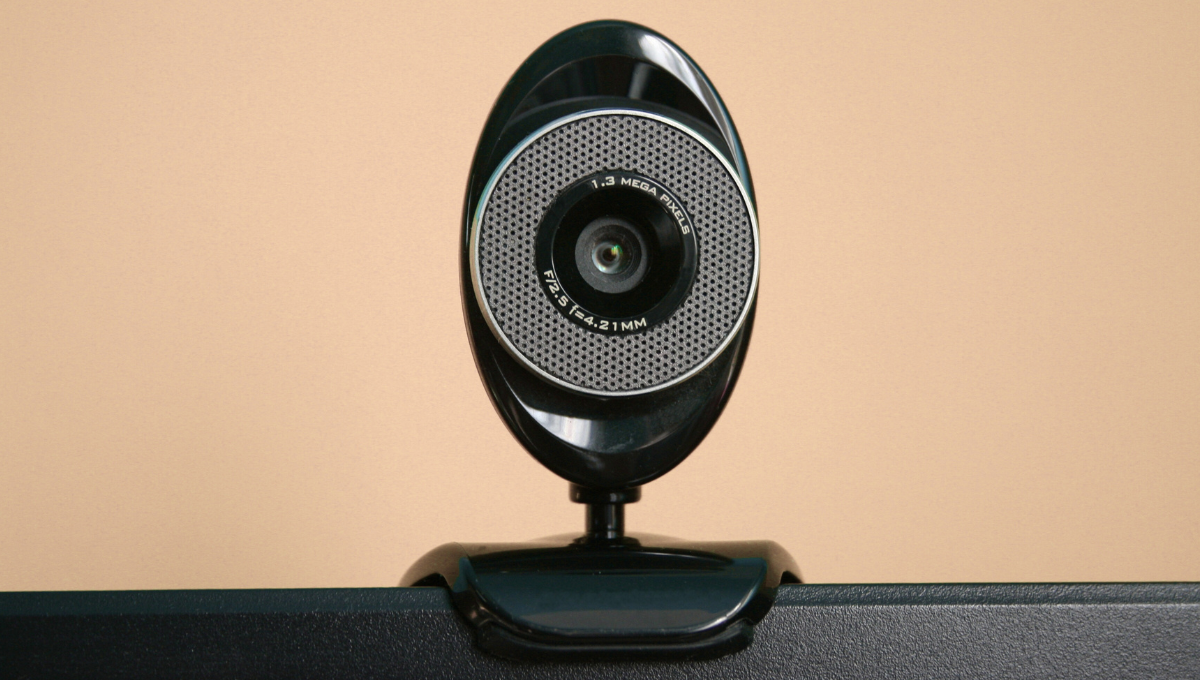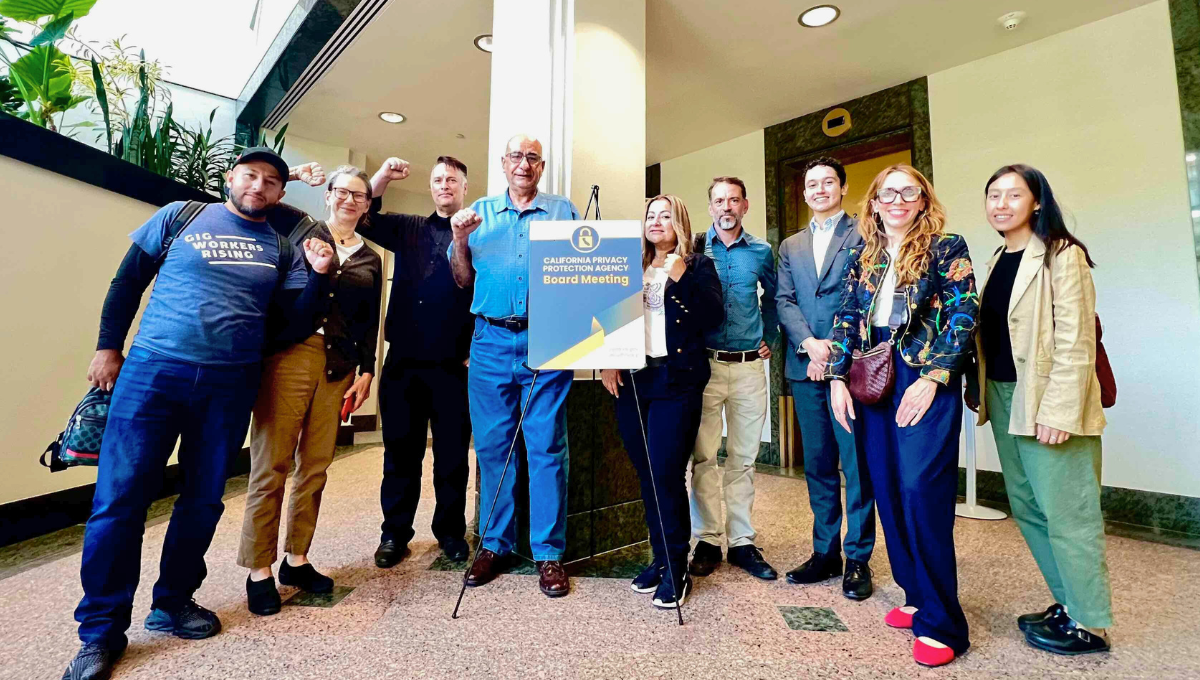Take the Mic – In a nutshell

Every day, new headlines emerge hyping the power of AI, algorithmic management, and automation technologies to transform work.
The narrative surrounding emerging technology often focuses on newness and innovation. But when workers do not have the ability to shape their use, technological advancement in the workplace often follows a familiar pattern of deskilling, work intensification, displacement, and other harms.
Workers find themselves training their technological replacements, picking up the slack for failures of technology, or even being replaced by technology, only to be rehired on contingent terms of employment. And yet, this is far from the first and unlikely to be the last wave of technologies to threaten working people.
It is critical that workers have avenues to exert agency in how technology is used at work. That’s why TechEquity released a report exploring the ways workers can use their voices to shape technology in the workplace: “Take The Mic: How Worker Voice Shapes Workplace Technology.”
What are the consequences when workers don’t have a voice in workplace tech decisions?
Workers are among the first groups in society to experience the latest waves of digital technologies that can be used to track, monitor, and manage them and suppress workers’ ability to organize. Such workplace technology is typically the result of development and deployment processes that systematically exclude the voices of workers, community members, and other stakeholders. Now, there is overwhelming evidence of the harms of such exclusion.
Experts at UC Berkeley Labor Center identified harms that workers across industries have experienced due to new technologies, including but not limited to the following:
- Discrimination;
- Work intensification and health and safety harms;
- Deskilling and job loss;
- Lower wages and less economic mobility;
- Contingent work;
- Suppression of the right to organize;
- Loss of privacy; and
- Loss of autonomy and dignity.
Technological tools built without input from workers who use them can also be detrimental to consumers. For instance, healthcare AI tools often ignore and override the expertise of nurses, undermining patient safety.
What are the broader benefits of worker voice in tech?
While workers are highly vulnerable to technological harms, they are also best positioned to advocate for a different, better approach to tech design and adoption. As Amanda Ballantyne, Jodi Forlizzi, and Crystal Weise write, “Workers’ voices are a crucial resource for making innovative technologies trusted and effective, so their full benefits can be realized for society.”
Studies have also shown that workplace technologies that take into account workers’ needs, existing work processes, and general welfare are more likely to succeed than systems that are imposed on workers. Worker involvement in decision-making around technology adoption also makes for more effective and trustworthy tools. It provides frontline intelligence and increases chances of successful adoption, which in turn can improve worker satisfaction as well as business outcomes. And, new polling from Gallup found that “U.S. employees who say they have a lot of influence over which technologies are adopted in their workplace are more than twice as likely to report high job satisfaction as those who have no influence.”
Consumer welfare is also enhanced through better and safer services, and businesses can thrive by making productive use of new technologies. Bringing worker voice into the technological conversation is thus important not only for protecting workers’ rights but also for ensuring that new technologies lead to beneficial outcomes for society at large.
How can workers exert influence over the development, deployment, and use of tech in the workplace?
To achieve better outcomes, workers must be able to build effective collective power to influence the direction of workplace technology. And worker power is built through the effective use of worker voice.
Unions are the most representative and efficacious institutions available to workers to do this. Through workplace organizing, unions provide workers with codified voice mechanisms in the form of collective bargaining agreements (CBAs), along with creating political representation, building structural power, and protecting workers’ interests against employer abuses, including technology-specific concerns.
However, workers who seek to organize together often experience significant structural barriers in the United States. Labor laws that favor employers, combined with the massive resources available to both employers and technology firms, have limited workers’ access to unions and the collective bargaining process.
That’s partially why only a minority of U.S. workers are currently members of unions, despite historically high approval for unionization. To address this gap, we outlined other worker voice mechanisms in the Take the Mic paper that show potential to open up additional space and pathways for action by workers who have not yet been able to form a union—or are legally prevented from doing so. The organization of these strategies also reflects the primacy of collective voice mechanisms and mechanisms that build structural power over those that emphasize individual worker interventions.
All of these voice mechanisms aim to place workers’ needs at the center of technological development. This approach recognizes that workers are at the frontlines of technological adoption and therefore can and should shape how technology is conceptualized, designed, deployed, and used in the workplace.
What can you do?
For a full explanation of each model and examples of how workers have used these strategies to insert worker voice into workplace technology, check out “Take the Mic: How Worker Voice Shapes Workplace Technology.”
If you are a tech worker, sign up for our tech worker group to get updates on our campaigns, share resources, and come together to brainstorm how to close the equity gap between contract and directly-hired workers.
Has workplace technology impacted you or your coworkers? Whether or not you’re a tech worker, we want to hear your story. By sharing your experience, you can help lawmakers understand why they should support bills and regulations to protect everyday people.
Share your story about workplace technology
Share your experience with automated management, monitoring, and surveillance tools, or other technology in your workplace. Write to us with your story and/or upload a video of yourself below.
"*" indicates required fields





